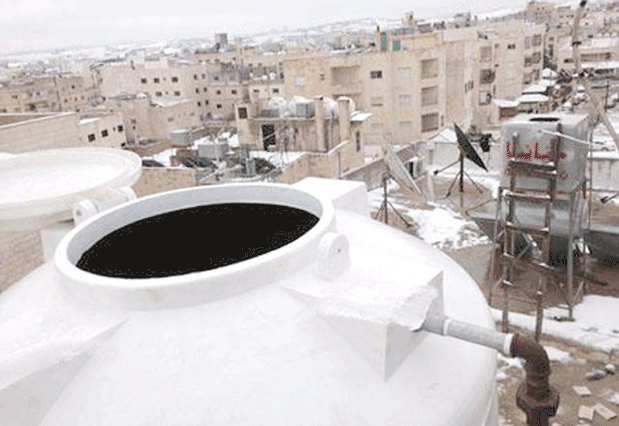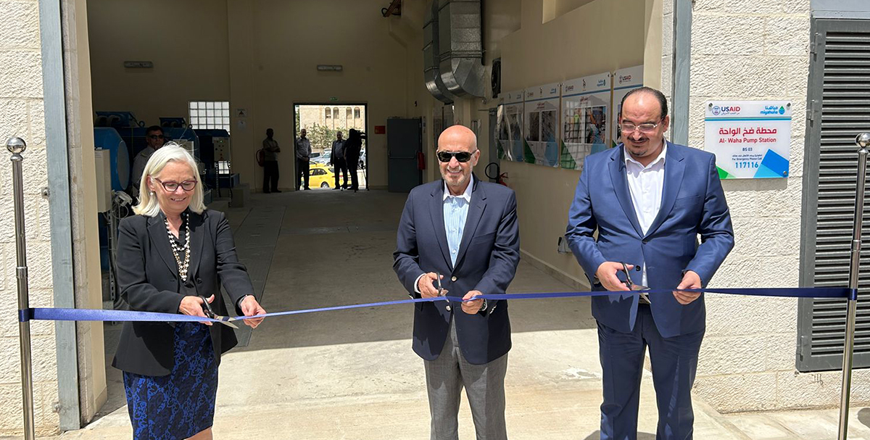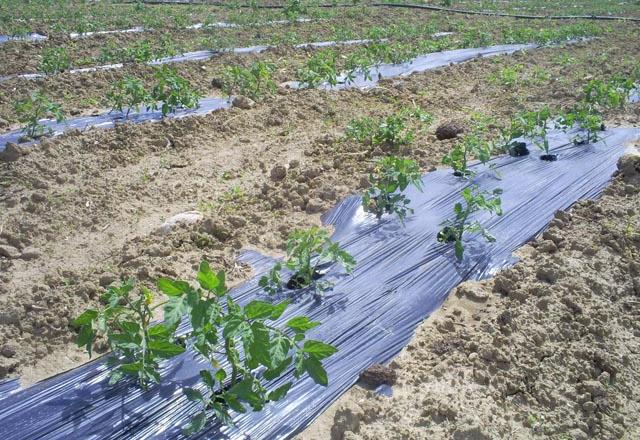You are here
Current water tariff covers only 75% of operating costs, says ministry
By JT - Sep 03,2023 - Last updated at Sep 03,2023

The current water tariff is low and does not offer sufficient incentives for water conservation, harvesting or consumption reduction, according to a comprehensive strategy launched by the Ministry of Water and Irrigation (File photo)
AMMAN — The current water tariff is low and does not offer sufficient incentives for water conservation, harvesting or consumption reduction, according to a comprehensive strategy launched by the Ministry of Water and Irrigation.
Efforts to achieve financial sustainability within the water sector are currently under way in order to recover operational and maintenance costs by 2030, according to Al Mamlaka TV.
In the strategy, which covers the 2023 to 2040 period, the ministry observed that the existing tariff structure only covers 75 per cent of operational expenses, and no longer aligns with maintenance and operational costs.
The ministry emphasised the need to improve energy efficiency and reduce water loss. Creating an ongoing review of the tariff structure, involving all relevant stakeholders and fostering capital investments are seen essential to realising these objectives.
This strategy includes plans related to a gradual restructuring of revenues to better reflect the true cost of service. It also aims to support water companies in effectively financing their maintenance and operational requirements while safeguarding the most economically vulnerable households.
The ministry noted that 80 per cent of residential subscribers are subject to tariffs ranging from JD0.4 to JD0.6 per cubic metre, which only covers around 30 per cent of maintenance and operational costs per cubic metre.
The revenue landscape within the water sector, which is primarily composed of water and sewage payments, accounts for 63 per cent of the sector’s total income.
Around 70 per cent of this income is derived from the residential sector, with subsidised rates supported by the government. The residential sector represents approximately 95 per cent of all subscribers, while non-residential subscribers, which consume 16 per cent of the water, have “fixed and unsubsidised” tariffs.
The ministry stated that establishing a “graduated tariff system” could promote water conservation and support individuals who demonstrate low levels of consumption.
These proposed changes will be submitted for the Cabinet for approval.
In line with this effort, the ministry, in cooperation with the Ministry of Energy and Mineral Resources, is also seeking to reduce electricity costs.
More than 90 per cent of electricity usage is attributed to the Water Authority and water companies for water pumping. The ministry also highlighted that if water projects were directly supplied with electricity from the National Electric Power Company (NEPCO), it could potentially cut costs by around 15 per cent.
While the current quarterly billing and collection system helps reduce financial burdens, it is not in line with the monthly income cycles of subscribers, potentially leading to issues with timely bill payment, according to the ministry.
Related Articles
AMMAN — Minister of Water and Irrigation Raed Abu Saud, and USAID Mission Director Leslie Reed inaugurated Al Waha Water Pumping Station and
The tariff of irrigation water will be increased as of next month, the Ministry of Water and Irrigation announced on Monday.
AMMAN — The Energy and Minerals Regulatory Commission (EMRC) on Thursday announced that it has adopted a scenario for electricity tariffs th

















